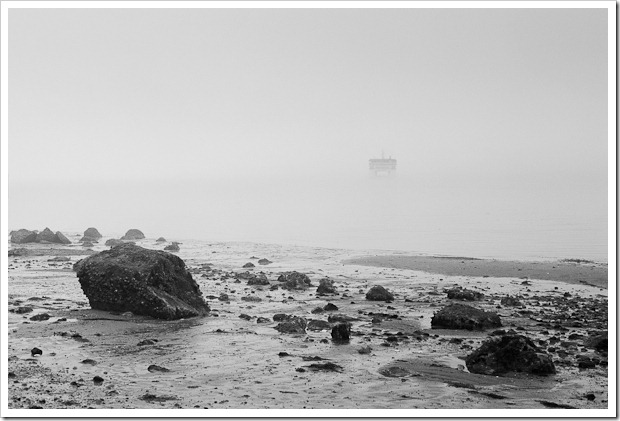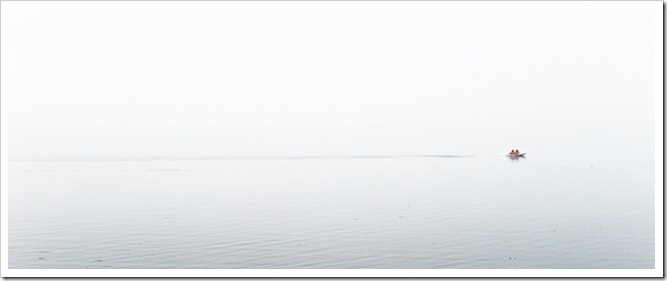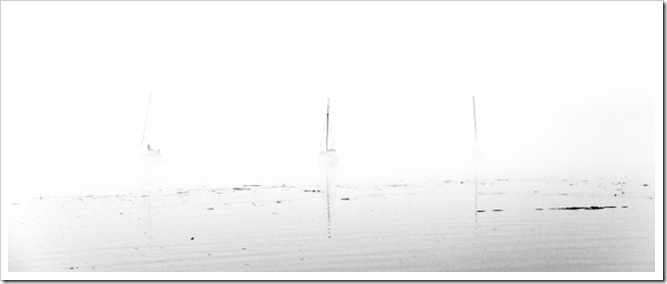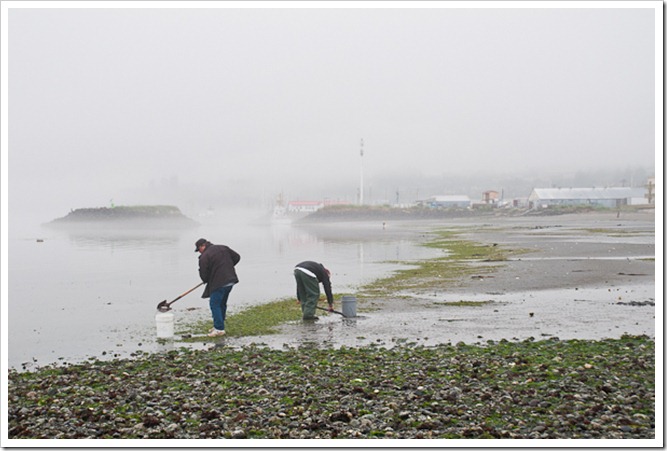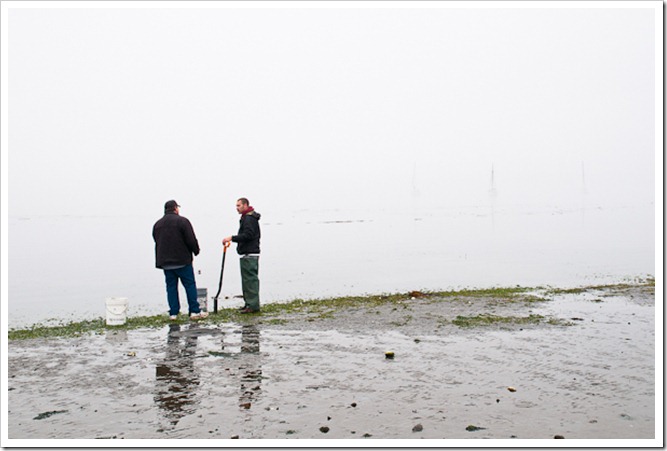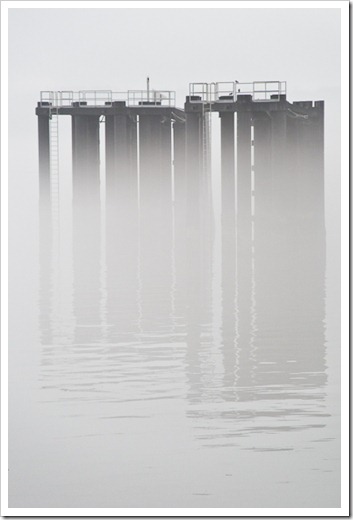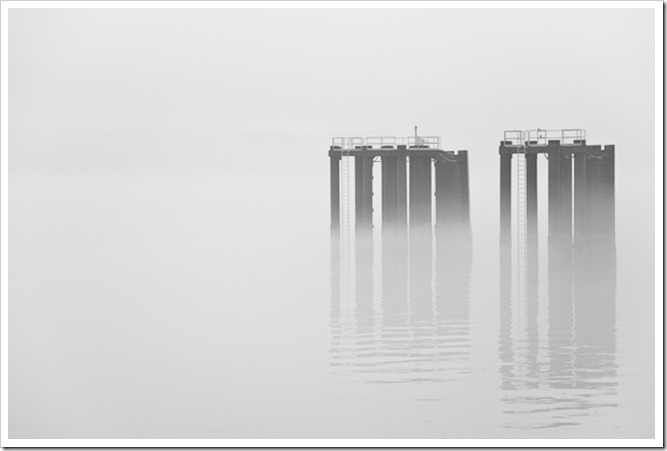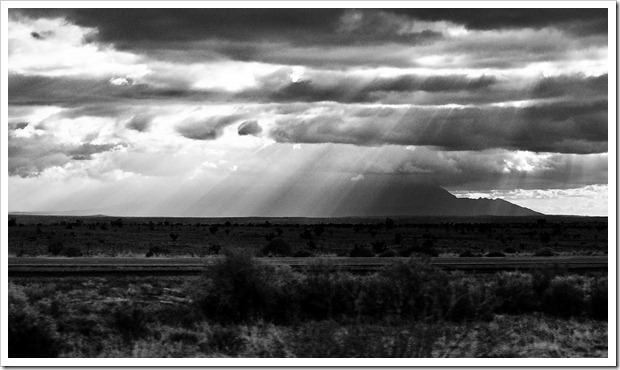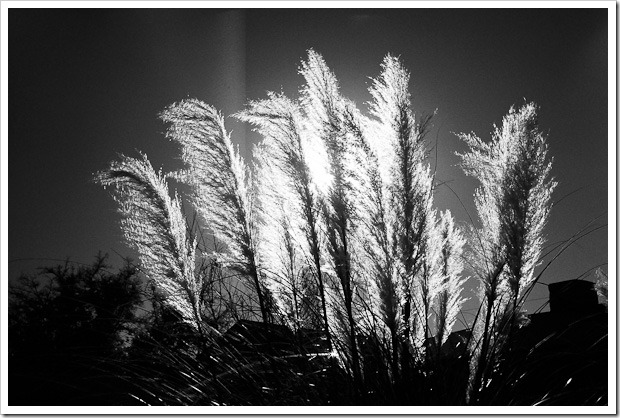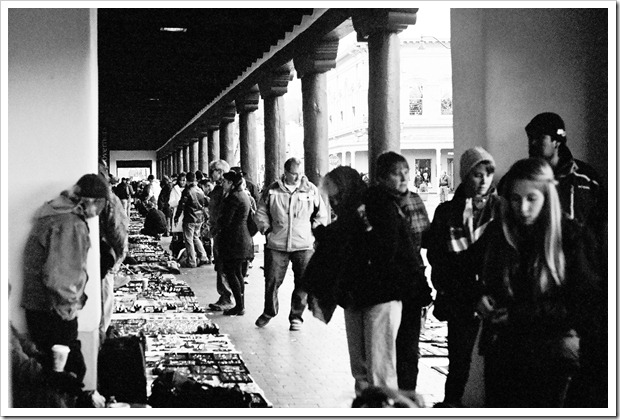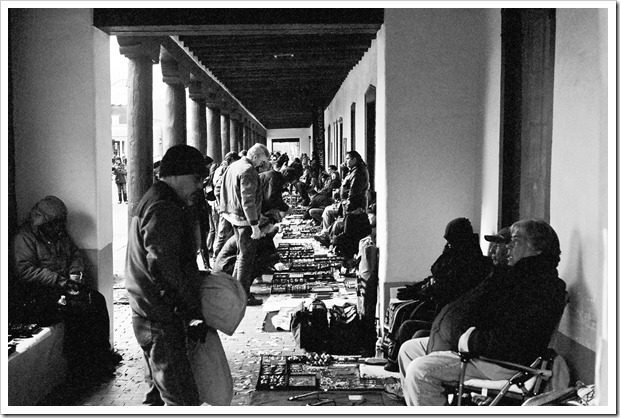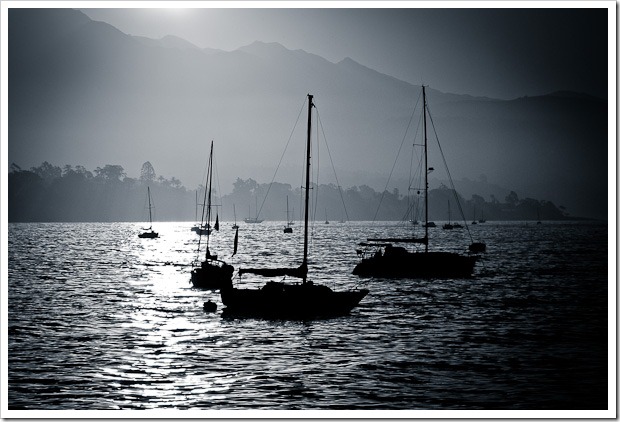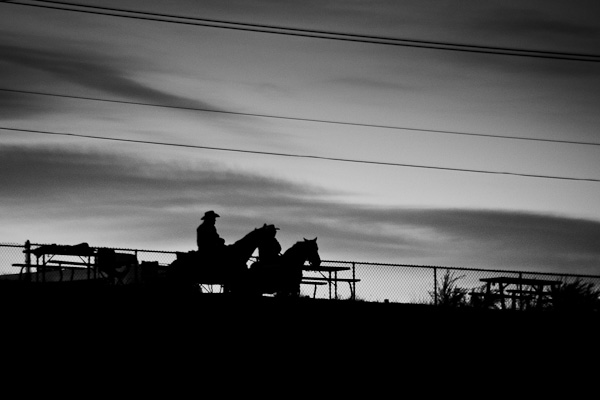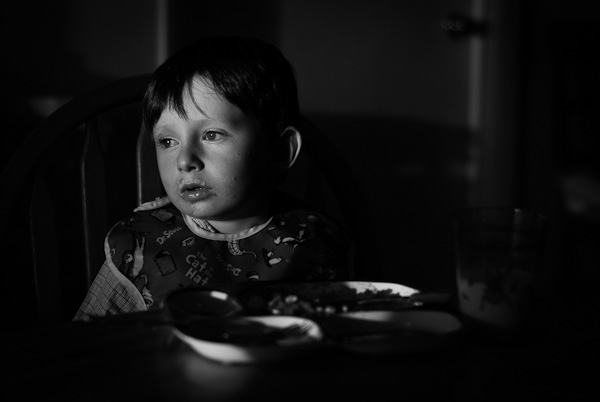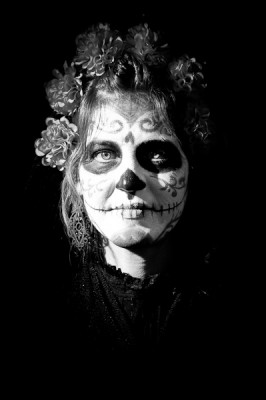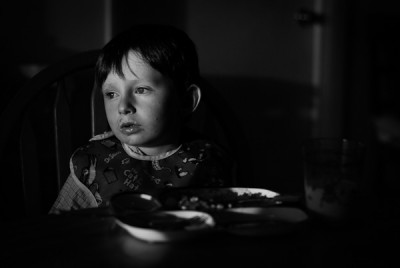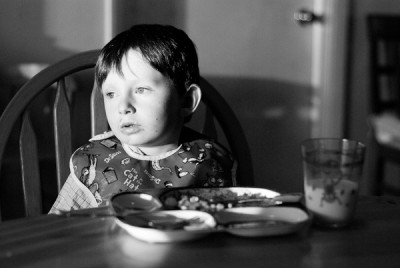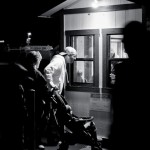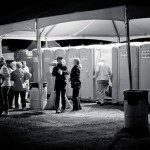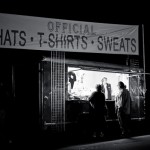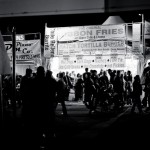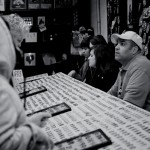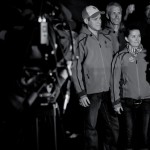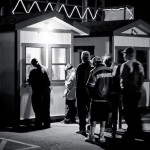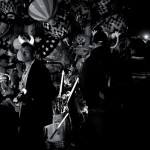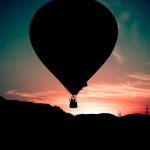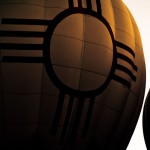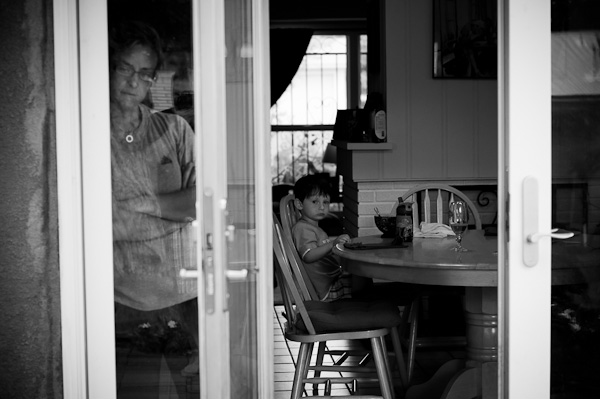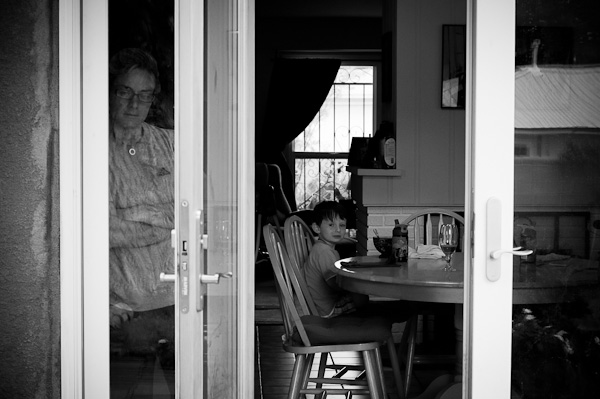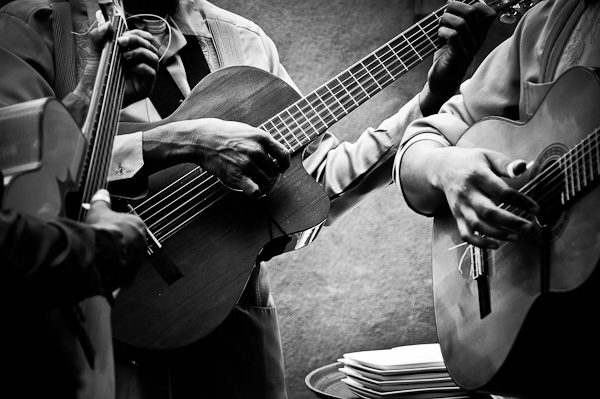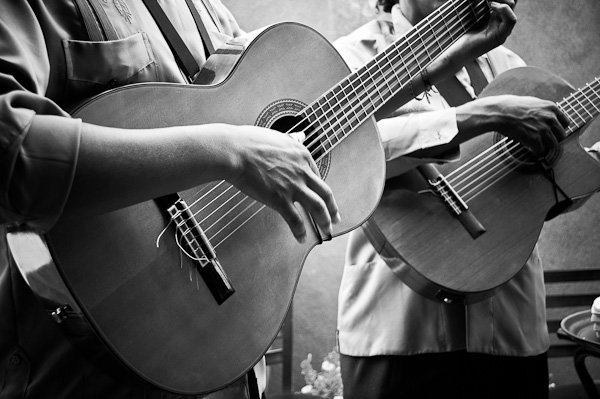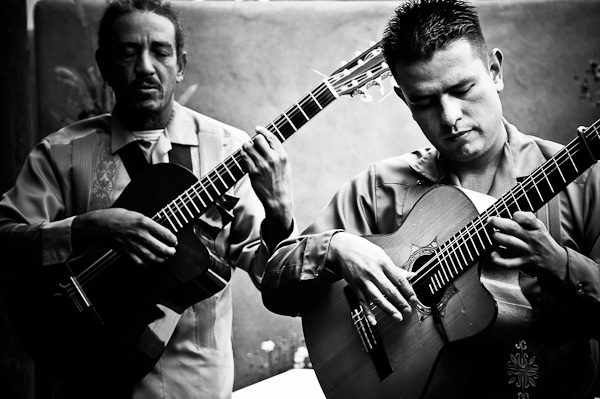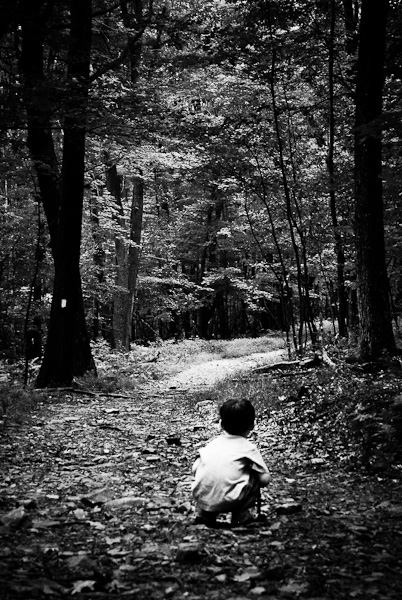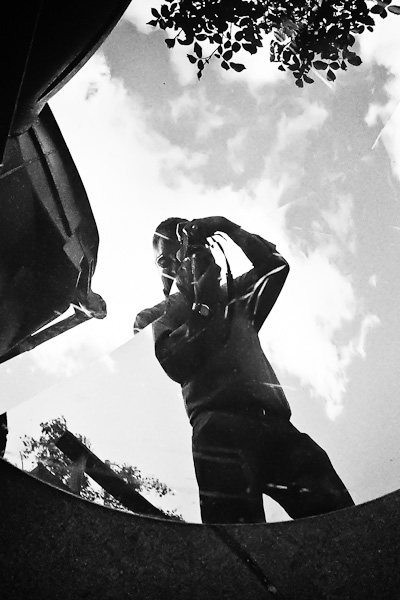If you read my previous blog post you’ll be aware that I am spending some time thinking about the conversations about art and photography while there. I am also giving time for my thoughts to incubate. I think I know where things are heading for me photographically (at least generally), but part of the fun of this journey are the individual adventures along the way.
I find it great fun to make images. Often I find myself giggling as I press the shutter release button. I had that experience while I Port Townsend, which was fortuitous because there was not much time for photographing.
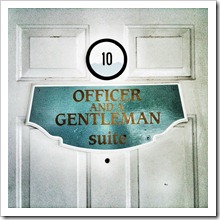 I chose to take a hotel room off-site from the location for the Artist’s Round Table. While mostly for financial reasons, it is quite in my character to recuse myself for some time each day and so I chuckled to myself as I hiked the mile back to my room at the Tides Inn, location of the “Officer and a Gentleman” movie featuring Richard Gere and Debra Winger. After about 5 hours of sleep each night I loaded my backpack with my notebooks, layered clothes, rain gear, cameras, etc. and retraced my steps in the morning.
I chose to take a hotel room off-site from the location for the Artist’s Round Table. While mostly for financial reasons, it is quite in my character to recuse myself for some time each day and so I chuckled to myself as I hiked the mile back to my room at the Tides Inn, location of the “Officer and a Gentleman” movie featuring Richard Gere and Debra Winger. After about 5 hours of sleep each night I loaded my backpack with my notebooks, layered clothes, rain gear, cameras, etc. and retraced my steps in the morning.
On one particular morning, I took a detour.
As I stepped out of my room and casually turned my head to the right to take in the water lapping at the shore just 15 feet from my door I spotted the rocky beach, the water, and….. fog!
Fog!!
Now, you have to understand something. I live in the desert. And not just a desert; I live in a high desert. My home sits at a mile elevation. From the front window of my house I can gaze at the 10,700 foot peak of the Sandia Mountains that border the eastern edge of the city. We can hike to the peak of that mountain and view 100 miles in any direction and see….brown! It is dry here. Very dry! So dry we don’t used refrigerated air conditioning in the summer. We use water based evaporative cooling. It is amazing what forced humidified air can do for a house in such a dry climate!
I love it here, but we don’t, ever, get…..fog. No moisture in the air means no fog. Period. No arguments.
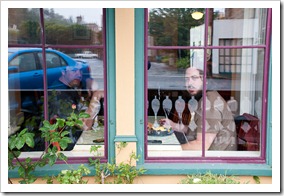 And so, I was standing on the front stoop of my hotel room and I had a conundrum. In front of me was beautiful, monochromatic, maritime, misty moisture. To my left and 3/4 of a mile away two fellow workshop participants were expecting me for breakfast. I didn’t have their phone numbers. I was going to be late.
And so, I was standing on the front stoop of my hotel room and I had a conundrum. In front of me was beautiful, monochromatic, maritime, misty moisture. To my left and 3/4 of a mile away two fellow workshop participants were expecting me for breakfast. I didn’t have their phone numbers. I was going to be late.
The following images were made that morning as I stepped down onto the rocky beach in the fog and the misty rain and let myself be guided away from a hot cup of excellent coffee, a yummy skillet breakfast, and really good company toward moisture, clam diggers, and a wonderfully beautiful morning.
When I arrived at the workshop, late, that morning I felt badly I had kept others waiting and put the discussion behind schedule. It wasn’t really quite fair. But, as I explained to the participants, “there was fog!”
I’m not quite sure they fully understood. ![]()
By the way, for those of you into photography gear, one of the images above was made with a Leica M3 (graciously on loan to me by Artist Round Table leader, Ray Ketcham) and Kodak CN400 Black and White film. Can you tell which one?


